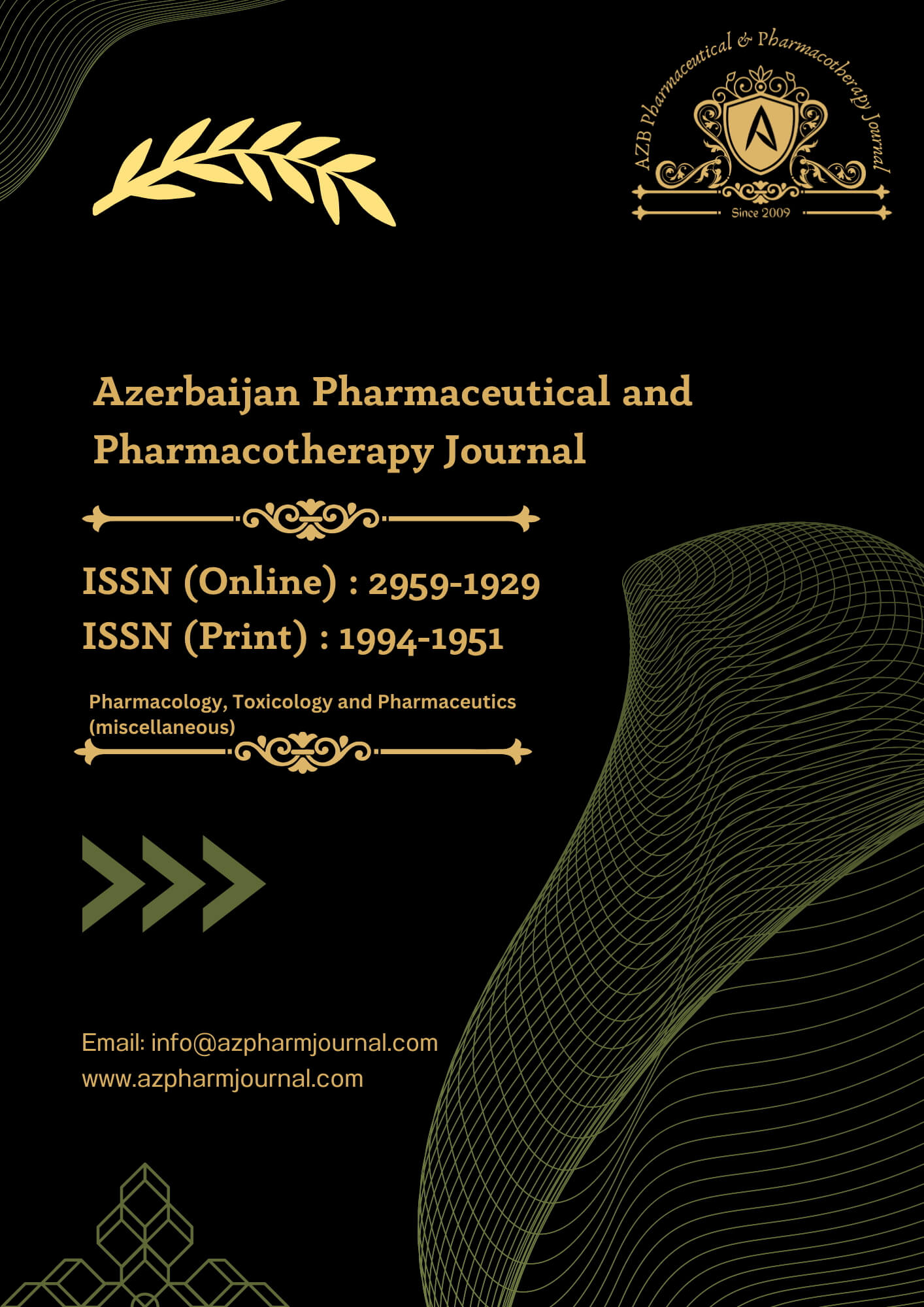Introduction: In recent years, there have been reports that hydrogen peroxide may play a role as an antihypoxant. The basis for this pharmacologic activity of hydrogen peroxide is that blood contains catalase, which breaks down hydrogen peroxide into water and molecular oxygen. However, there are no comprehensive data on the antihypoxic role of hydrogen peroxide at different levels of hypothermia. Methods: Experimental studies were conducted on 100 adult aquarium fish breeds such as guppies, blue neons, three-line rasboras, swordfish and zebrafish (Danio Rerio). Acute hypoxia was achieved by sealing the container in which the fish were placed. A plastic transparent syringe of 2, 5, 10 or 20 ml with fresh water was used as such a container. During hypoxia, the frequency of respiratory movements of gill arches, mouth opening and closing, frequency and amplitude of fluctuations of fins, as well as the sequence of changes in their coloration up to the complete final immobilization of fish and their death were recorded. Hydrogen peroxide was injected into fresh water in which the fish swam. Experiments were conducted at water temperatures of +16, +21, and +26 \(^\circ\)C in 3 series. Results: It was found that a decrease in water temperature during acute hypoxia in swimming fish from +26 to +16 \(^\circ\)C lengthens the duration of the period of preservation of their viability more than 2 times. In addition, it turned out that preliminary introduction of therapeutic dose of hydrogen peroxide into the water with fish enhances the antihypoxic effect of hypothermia by 2 times. Conclusion: Cooling aquarium fish from +26 to +16 \(^\circ\)C during acute potentially lethal hypoxia prolongs the period of viability of fish in 2 - 2.2 times. Preliminary introduction of therapeutic dose of hydrogen peroxide into the water in which fish swim, cooling of water and fish from +26 to +16 \(^\circ\)C lengthens the duration of viability of fish during acute potentially lethal hypoxia in 4 times.
